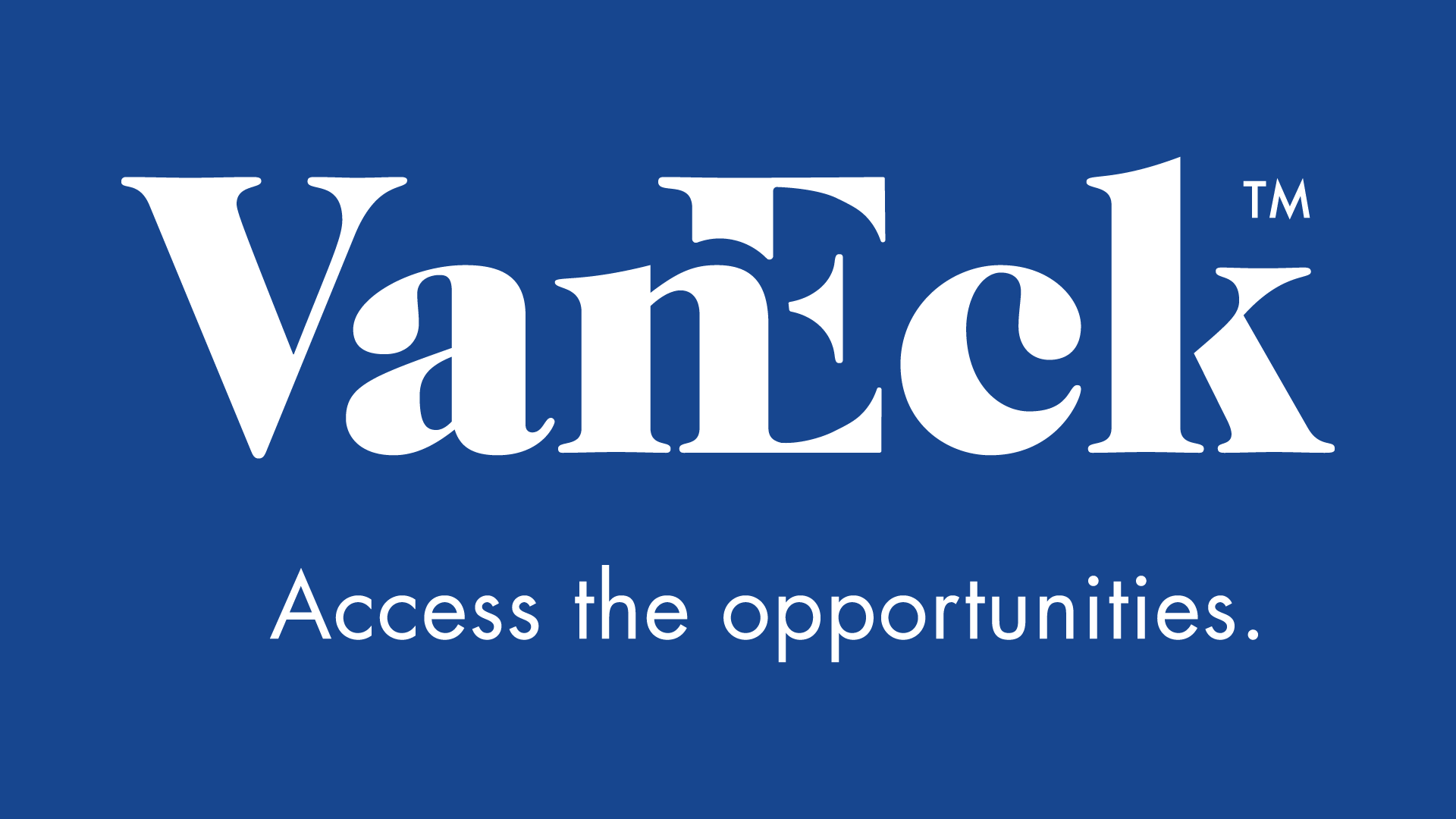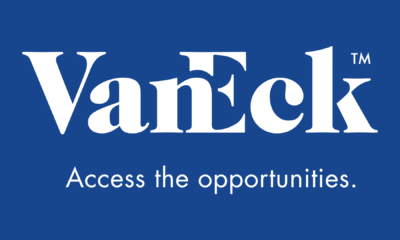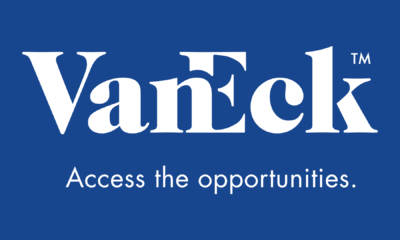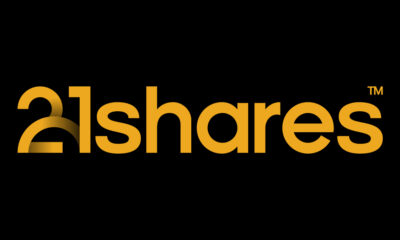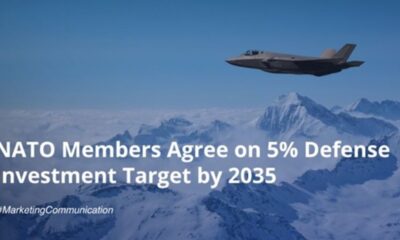Gold’s Resilience Strengthens in February. Gold moved through the $1,200 level and showed resilience in February as a number of normally bearish factors failed to weaken prices. Federal Reserve Chair Janet Yellen’s mid-February testimony to Congress indicated tighter monetary policies, and subsequent comments from regional Fed presidents reinforced Yellen’s hawkish views. This lifted the market odds for a March Fed rate increase and in response the U.S. dollar strengthened considerably, with the U.S. Dollar Index (DXY)1 up 1.9% for the month. The weakness in Chinese and Indian demand for physical gold seen in 2016 continued into the new year, and January Swiss trade statistics showed that exports to both China and India are below last year’s levels. In addition, markets in China were closed at the start of the month for the week-long lunar New Year holiday. At the same time, U.S. equities had a strong month with the Dow Jones Industrials Average (DJIA)2 setting a record of twelve straight days of new all-time highs above 20,000 beginning on February 9. While none of these events would typically be supportive of gold, bullion nonetheless gained $37.68 (3.1%) for the month. In fact, through the end of February, gold is up 8.3% and has outperformed the DJIA by 2.5% in the first two months of 2017.
We attribute the recent resilience of gold to three factors: 1) a new era of geopolitical uncertainty since Brexit; 2) February saw the first significant net inflows to bullion exchange traded products since the November U.S. presidential election; and 3) upticks in inflation have caused a decline in real rates. The February releases of both the U.S. Consumer Price Index (CPI)3 and the Producer Price Index (PPI)4 surprised analysts with their largest monthly jumps in several years. Annual core CPI inflation is now at 2.3%, putting it at the upper bounds of where it has been trending since the 2008-2009 financial crisis.
Lackluster Yearend Reporting Highlighted by Downgrades and Increased Spending
In contrast to bullion, gold stocks lagged in February, as the NYSE Arca Gold Miners Index (GDMNTR)5 fell 3.9% and the MVIS™ Junior Gold Miners Index (MVGDXJTR)6 declined 2.2%; however, January’s results have helped to keep the YTD returns strong at 9.2% and 15.3%, respectively. Most gold producers have reported yearend results and given guidance for 2017, but the reporting has been lackluster. Although most producers have met expectations, there have been a few negative surprises that have weighed on their stocks. Additionally, a couple of miners downgraded the quality of their reserves or lowered production forecasts, and a couple of others raised equity. Given higher gold prices, spending is on the upswing. BofA Merrill Lynch expects that North American senior and mid-tier companies will increase total exploration spending by 51% and new project capital by 32% in 2017. While this will reduce cash flow this year, it should pay off with discoveries and developments further down the road.
Gold Stocks Price Movement Not Fundamentally Driven
While these announcements cast a negative tone over the fourth quarter earnings season, they do not explain the significant underperformance of gold stocks relative to bullion. The weakness in gold stocks was exaggerated by the unusual trading on the afternoon of February 27. Gold trended lower beginning around noon that day as Robert Kaplan, President of the Dallas Federal Reserve, made comments supportive of a rate increase, which stimulated U.S. dollar strength. Gold ended the day with a $4.38 (0.3%) loss, reflecting a normal fundamental reaction to the news. In the same afternoon gold stocks reacted as if gold had taken a $30 beating. Trading volumes hit a historic daily high. The unusual trading and lack of fundamental drivers suggest that technically driven funds received sell signals that induced further stop loss selling. What prompted such sell signals is a mystery, but it has resulted in making stock valuations that were already attractive, dirt cheap. Miners will try to turn that dirt into gold.
Gold Looking for a Price Catalyst in 2017 (and It’s Not Likely to be Inflation)
Thus far in 2017, gold has lacked a catalyst that would move the price strongly higher. We believe such a catalyst is likely, but the source and timing are impossible to predict. In the coming months or years, it is our opinion, that a geopolitical, economic, or financial event that motivates investors to seek safe haven7 investments is likely. Given the easy monetary policies globally, recent expectations for growth, and the potential for trade protectionism, we understand those who see inflation as the next gold catalyst. Gold has always reacted strongly to inflation that is out of control. However, while we could be wrong on this, we do not believe that inflation will trend much higher. Much of the increase in inflation over the past twelve months can be attributed to the resurgence in commodities prices from very oversold levels. In our view, the commodities rebound is not likely to further drive inflation in the near term. The popular reflation theme relies on growth and government spending that may not be as strong as expected, as President Trump may face challenges passing his agenda through Congress. Lastly, the Fed seems poised to tighten policies for an extended period, which works against inflation. Until inflation or some other catalyst emerges, we believe that the gold price will follow the usual ups and downs this year but in general terms, will be well supported in 2017.
Substantial Cost Reduction Across Industry Stabilizing
We have just returned from the BMO Capital Markets 26th Annual Global Metals & Mining Conference held in Hollywood, FL, an annual gathering of metals and mining executives, including many gold producers and developers. It is becoming increasingly clear from the yearend reporting results across these mining companies that the substantial decline in mining costs of the past few years is beginning to reach its limits. While we see no mining cost inflation on the horizon, some companies are seeing costs level out. On average, all-in sustaining costs (AISC) for gold companies are now around the $900 per ounce level. Some companies, particularly among the majors, continue to guide for lower costs, which should enable the average to decline further in the next couple of years.
New Crop of Gold Companies Key to Future Growth
In basic terms, one of the most direct ways to create value for shareholders in the gold sector is to discover a piece of real estate in some remote part of the world that can be turned into a gold mine. There is a new crop of emerging producers that attracted significant attention at the BMO Conference. These are development companies that were able to advance projects through a very difficult bear market and are now favorably positioned producers in an improving market. What is remarkable is that each of these companies started production on time and on budget. There have been no indications of significant problems with these startups because they have been staffed with excellent talent and have been able to access high quality engineering and construction teams. Going forward, these companies are now focused on optimization, expansion, and exploration to help grow their businesses.
There are two routes a development company can take: 1) be acquired by a producer, or 2) build a mine. For shareholders, either outcome is attractive provided the mine is successful. Historically most large producers have grown through acquisitions, however acquisitions can be costly because they usually come at a premium. Thus far in this cycle, producers are using a different approach by taking equity stakes in early stage, pre-resource companies that they believe will develop winning properties. Meantime, emerging producers could become the mid-tiers and majors of tomorrow. As we expect production among the majors to stagnate or decline in coming years, these new emerging companies are helping to revitalize the sector. If the major’s current growth strategy does not pay off, these young companies could become the acquisition targets of the future.
by Joe Foster, Portfolio Manager and Strategist
With more than 30 years of gold industry experience, Foster began his gold career as a boots on the ground geologist, evaluating mining exploration and development projects. Foster is Portfolio Manager and Strategist for the Gold and Precious Metals strategy..
Please note that the information herein represents the opinion of the author and these opinions may change at any time and from time to time.
1NYSE Arca Gold Miners Index (GDMNTR) is a modified market capitalization-weighted index comprised of publicly traded companies involved primarily in the mining for gold.
2MVIS Global Junior Gold Miners Index (MVGDXJTR) is a rules-based, modified market capitalization-weighted, float-adjusted index comprised of a global universe of publicly traded small- and medium-capitalization companies that generate at least 50% of their revenues from gold and/or silver mining, hold real property that has the potential to produce at least 50% of the company’s revenue from gold or silver mining when developed, or primarily invest in gold or silver.
3Safe haven is an investment that is expected to retain its value or even increase its value in times of market turbulence.
4Tail risk is a form of portfolio risk that arises when the possibility that an investment will move more than three standard deviations from the mean is greater than what is shown by a normal distribution.
Important Disclosures
This commentary originates from VanEck Associates Corporation (“VanEck”) and does not constitute an offer to sell or solicitation to buy any security.

 Nyheter3 veckor sedan
Nyheter3 veckor sedan
 Nyheter4 veckor sedan
Nyheter4 veckor sedan
 Nyheter4 veckor sedan
Nyheter4 veckor sedan
 Nyheter4 veckor sedan
Nyheter4 veckor sedan
 Nyheter2 veckor sedan
Nyheter2 veckor sedan
 Nyheter4 veckor sedan
Nyheter4 veckor sedan
 Nyheter2 veckor sedan
Nyheter2 veckor sedan
 Nyheter4 veckor sedan
Nyheter4 veckor sedan
